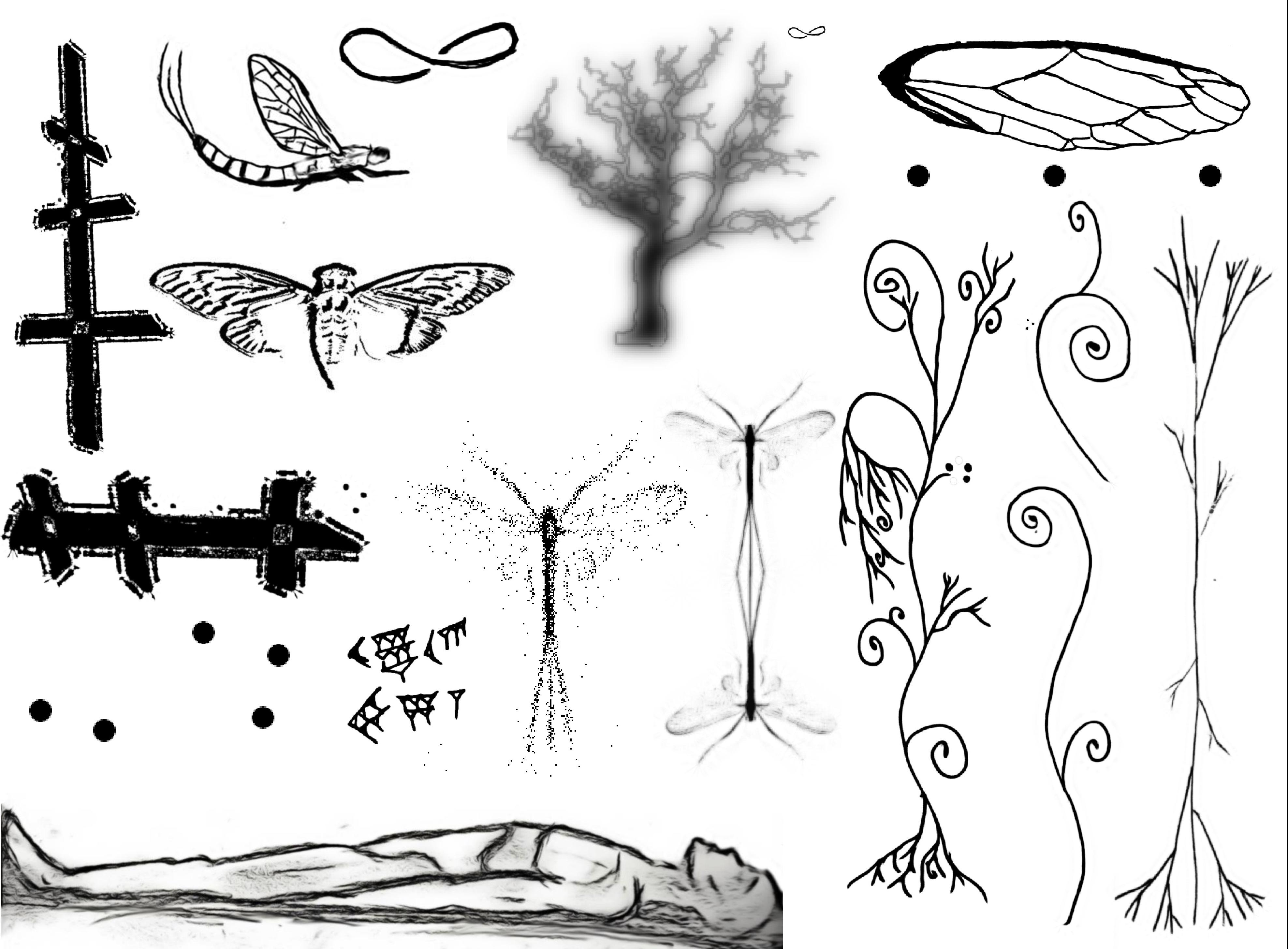

For example, the Pixel-Value Differencing method proposes to embed more data in edged areas than in smooth areas. The image capacity can be increased by adaptive strategies which decide where to insert best the message. Thus, novel steganographic algorithms are expected to increase the image capacity and the encryption strength of the message. The performance of steganographic algorithms can be measured by two main criteria, embedding capacity and detectability. Thus, the cover image with the secret message embedded is called the stego image. The media with or without hidden information are called Stego Media and Cover Media, respectively. Steganography involves communicating secret data in an appropriate multimedia carrier, like image, audio, or video files. Steganography is the art of hiding information by impeding the detection of hidden messages. Modern Steganography offers a level of service that includes privacy, authenticity, integrity, and confidentiality of the transmitted data. The use of electronic transmission media requires a method that calls less attention of the supervisory automatic systems. In particular, every transmission of cipher-text calls the attention of any of these systems and certainly is chosen to be analyzed, among others, by competitors and any sort of opposing forces. Nowadays, all electronic communications are being continuously and automatically monitored by both private and state-owned intelligent systems that have an enormous computer power. The ability to protect sensible information from adversaries, especially during their transmission through channels that are opposed to have leaks, is crucial in a world of emerging cyberwar. As cryptography on its own does not hide the fact that a message is secret, to provide this steganography is used. Ĭryptography is the science of protecting information by encryption techniques. Therefore, the use of Cryptography and Steganography plays a significant role in information security management. Evidently, the information that transits through insecure channels can be easily intercepted. Nowadays, there is a risk that confidential information may be acceded by nonauthorized people, being consulted, divulged, modified, destroyed, or sabotaged, affecting its availability and legal access. A steganalysis experiment shows that the proposed algorithm is highly resistant against the Chi-square attack. The proposed algorithm improves the level of imperceptibility analyzed through the PSNR values. The experimental work on the validation of the algorithm consists of the calculation of the peak signal-to-noise ratio (PSNR), the difference and correlation distortion metrics, the histogram analysis, and the relative entropy, comparing the same characteristics for the cover and stego image. The insertion itself takes only place if an entropy threshold of the corresponding block is satisfied and if the pseudorandom number indicates to do so. After the insertion the inverse transformations are applied in reverse order to the original transformations. Before the insertion of the message the image undergoes several transformations. The insertion takes eventually place at the first seven AC coefficients in the transformed DCT domain. The steganographic algorithm uses one public key and one private key to generate a binary sequence of pseudorandom numbers that indicate where the elements of the binary sequence of a secret message will be inserted. This contribution proposes a novel steganographic method based on the compression standard according to the Joint Photographic Expert Group and an Entropy Thresholding technique.


 0 kommentar(er)
0 kommentar(er)
